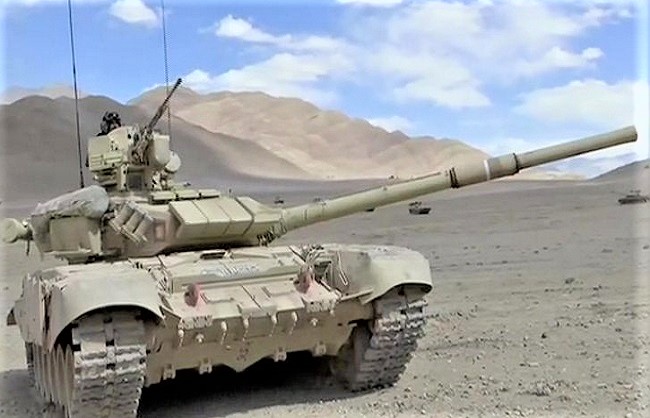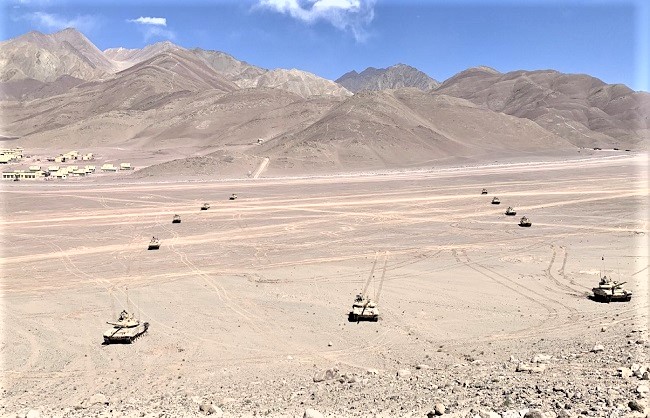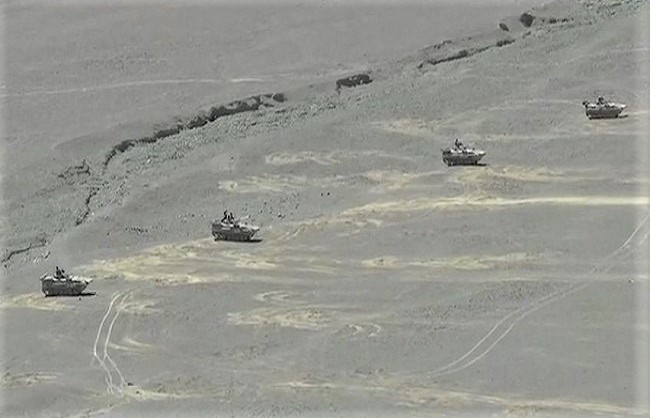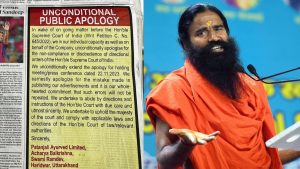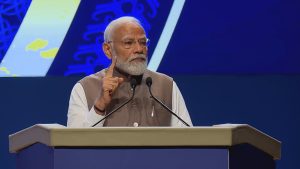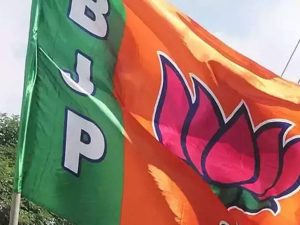New Delhi, 27 September: The efforts of the Indian Army are not lax amid efforts to resolve the issue through dialogue between India and China.
In view of China’s fraudulent nature, the army does not want to leave any corps in its preparations on any front. That is why the Indian Army raised BMP-2 Infantry Combat Vehicles in the Chumar-Demchok area of East Ladakh at altitudes of 16 to 18 thousand feet with the deployment of T-90 and T-72 tanks, which can also operate in temperatures up to minus 40 degrees Celsius.
Their deployment means that the Indian Army is ready for any combat with the tank, the BMP, at an altitude of 16 thousand feet in the cold desert of eastern Ladakh.
The Line of Actual Control (LAC) has a flat area for fighting across the Indus River on the eastern border, from eastern Ladakh to China’s occupied Tibet. So, here T-90 and T-72 tanks have been deployed in inaccessible areas of East Ladakh. No country in the world has been able to deliver such a great weapon at such high altitude and difficult terrain, because it was not easy to reach this tank weighing 46 tons in an area like Ladakh.
India has also started exercises to learn the dynamics of tanks in the flat area here. At this time, the snowy hills of Ladakh have started making their impact and the temperature is falling day by day. The specialty of deployed BMP-2 Infantry Combat Vehicles is that they can operate easily even in minus 40 degree temperatures.
That is, if the Chinese army made any provocation in the snowy plains of Ladakh, then these tanks will start to fire.
Sources said that India has deployed around 2500 BMP-2 Infantry Combat Vehicles along with T-90 and T-72 tanks in the Chumar and Demchok areas adjoining the Ladakh border.
India is the third largest operator of these Russian tanks. The Indian Army fleet has about four and a half thousand tanks, named ‘Bhishma’. They have a 125 mm gun. It can also drop anti-tank missiles from its barrel.
Although these tanks have been made by the Russian company, but India has improved them further by putting Israeli, French and Swedish systems in it.
The T-72 tank, which became part of the Indian Army in the 1970s, is also capable of surviving nuclear, biological and chemical attacks. Currently, the Indian Army fleet has about 4500 tanks of various types.
Major General Arvind Kapoor, Chief of Staff (Fire and Fury Corps) of the 14th Corps of the Army, has stated that the Indian Army has the only Fire and Fury Corps in the world, whose mechanized forces are deployed in such harsh terrain. Maintenance of tanks, infantry combat vehicles and heavy guns is a challenge in this terrain.
He said that winters in Ladakh are going to be harsh but we are fully prepared. Adequate stocking has been done for the troops stationed at the forward posts for the winter of Ladakh. High calorie nutritious ration, fuel and oil, winter clothes, heating equipment are all available in sufficient numbers.


